Mybatis 分页组件PageHelper 使用
PageHelper 官网:
- https://pagehelper.github.io
- 关于PageHelper 的开发和原理官网上也已经讲的很明确了,这里不过多解析官网的意思
快速构建:
- 首先需要一个 SSM 项目【也可以单体Mybatis】
新增Maven 配置:
com.github.pagehelper
pagehelper
5.1.10
mybatis-config.xml 加入以下配置【也可以写在Spring的配置中,写法略有不同】:
Dao 以及 Xml 写法。
// Dao
ListgetListByPage(); <!— XML —>
重点Spring 的实现类:
/**
* 分页查询数据* @return*/public PageInfo getListByPage(PageInfo pageInfo){//设置分页信息(第几页,每页数量),并将Page 对象放入到 ThreadLocal 中,PageHelper.startPage(pageInfo.getPageNum(), pageInfo.getPageSize());//查询结果,我们的拦截器会在这里起作用List<ClassInfo> result = classDao.getListByPage();// 生成返回结果PageInfo<ClassInfo> pageInfoResult = new PageInfo<ClassInfo>(result);return pageInfoResult;}
这里需要注意的是,getListByPage 的参数PageInfo 仅仅由于接受 前端分页参数,不可用于返回。
- 通过Controller执行我们的代码,看一下Mybatis sql打印结果:

哦吼,为什么会打印出这两条SQL ,一条Count,一条Select,我原来的Sql 为什么没有执行那,不着急我们看下一部分
源码浅析:
要想真正理解这个功能,需要对Mybatis源码 和 Mybatis拦截器有一定的了解,那么PageInterceptor中究竟做了什么那,直接上源码,因为它是中国人开发的,代码注释也一目了然,完全Copy
package com.github.pagehelper;
public class PageInterceptor implements Interceptor {private volatile Dialect dialect;private String countSuffix = "_COUNT";protected Cache<String, MappedStatement> msCountMap = null;private String default_dialect_class = "com.github.pagehelper.PageHelper";@Overridepublic Object intercept(Invocation invocation) throws Throwable {try {Object[] args = invocation.getArgs();MappedStatement ms = (MappedStatement) args[0];Object parameter = args[1];RowBounds rowBounds = (RowBounds) args[2];ResultHandler resultHandler = (ResultHandler) args[3];Executor executor = (Executor) invocation.getTarget();CacheKey cacheKey;BoundSql boundSql;//由于逻辑关系,只会进入一次if (args.length == 4) {//4 个参数时boundSql = ms.getBoundSql(parameter);cacheKey = executor.createCacheKey(ms, parameter, rowBounds, boundSql);} else {//6 个参数时cacheKey = (CacheKey) args[4];boundSql = (BoundSql) args[5];}checkDialectExists();List resultList;//调用方法判断是否需要进行分页,如果不需要,直接返回结果if (!dialect.skip(ms, parameter, rowBounds)) {//判断是否需要进行 count 查询if (dialect.beforeCount(ms, parameter, rowBounds)) {//查询总数Long count = count(executor, ms, parameter, rowBounds, resultHandler, boundSql);//处理查询总数,返回 true 时继续分页查询,false 时直接返回if (!dialect.afterCount(count, parameter, rowBounds)) {//当查询总数为 0 时,直接返回空的结果return dialect.afterPage(new ArrayList(), parameter, rowBounds);}}resultList = ExecutorUtil.pageQuery(dialect, executor,ms, parameter, rowBounds, resultHandler, boundSql, cacheKey);} else {//rowBounds用参数值,不使用分页插件处理时,仍然支持默认的内存分页resultList = executor.query(ms, parameter, rowBounds, resultHandler, cacheKey, boundSql);}return dialect.afterPage(resultList, parameter, rowBounds);} finally {if(dialect != null){dialect.afterAll();}}}/*** Spring bean 方式配置时,如果没有配置属性就不会执行下面的 setProperties 方法,就不会初始化* <p>* 因此这里会出现 null 的情况 fixed #26*/private void checkDialectExists() {if (dialect == null) {synchronized (default_dialect_class) {if (dialect == null) {setProperties(new Properties());}}}}private Long count(Executor executor, MappedStatement ms, Object parameter,RowBounds rowBounds, ResultHandler resultHandler,BoundSql boundSql) throws SQLException {String countMsId = ms.getId() + countSuffix;Long count;//先判断是否存在手写的 count 查询MappedStatement countMs = ExecutorUtil.getExistedMappedStatement(ms.getConfiguration(), countMsId);if (countMs != null) {count = ExecutorUtil.executeManualCount(executor, countMs, parameter, boundSql, resultHandler);} else {countMs = msCountMap.get(countMsId);//自动创建if (countMs == null) {//根据当前的 ms 创建一个返回值为 Long 类型的 mscountMs = MSUtils.newCountMappedStatement(ms, countMsId);msCountMap.put(countMsId, countMs);}count = ExecutorUtil.executeAutoCount(dialect, executor, countMs, parameter, boundSql, rowBounds, resultHandler);}return count;}@Overridepublic Object plugin(Object target) {return Plugin.wrap(target, this);}@Overridepublic void setProperties(Properties properties) {//缓存 count msmsCountMap = CacheFactory.createCache(properties.getProperty("msCountCache"), "ms", properties);String dialectClass = properties.getProperty("dialect");if (StringUtil.isEmpty(dialectClass)) {dialectClass = default_dialect_class;}try {Class<?> aClass = Class.forName(dialectClass);dialect = (Dialect) aClass.newInstance();} catch (Exception e) {throw new PageException(e);}dialect.setProperties(properties);String countSuffix = properties.getProperty("countSuffix");if (StringUtil.isNotEmpty(countSuffix)) {this.countSuffix = countSuffix;}}
}
Mybatis 执行 Dao层方法时执行时,会被拦截器拦截执行Interceptor.intercept()方法,我们可以再源码中看到 第37行时查询了总条数,在第44行执行了 分页查询,也就是说PageInterceptor会拦截请求,找到我们本来要执行的Sql并将其拆解,生成 count 和 Select Limit Sql 执行,并最后将结果返回。
- 那么为什么我们原来的XML 配置的sql 并没有执行那,是因为Mybatis执行XML中的sql 也是一个拦截器,Mybatis执行拦截器是责任链的形式,而Mybatis自己的拦截器优先级最低,先执行了 PageInterceptor,并且PageInterceptor 中没有调用 Mybatis本身的拦截器,所以就没有执行。需要在PageInterceptor.intercept() 中加入代码: Object result = invocation.proceed(); 程序才会回去执行下一级拦截器,显然这里根本不需要执行下一个拦截器


























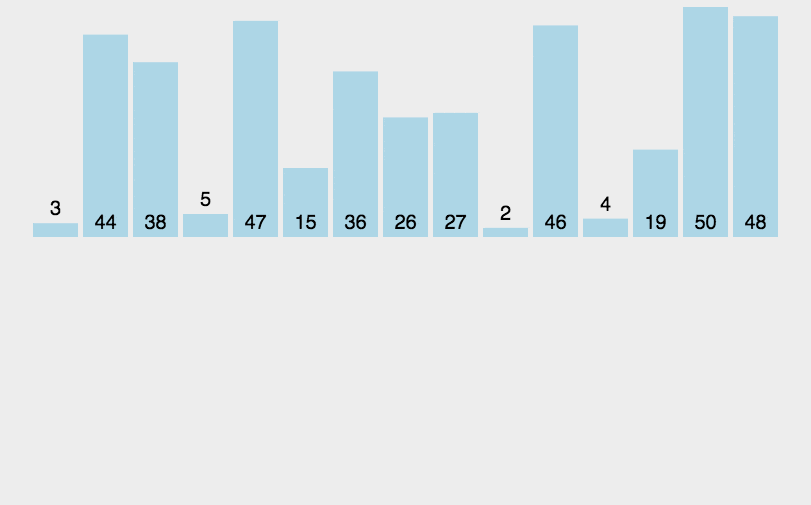
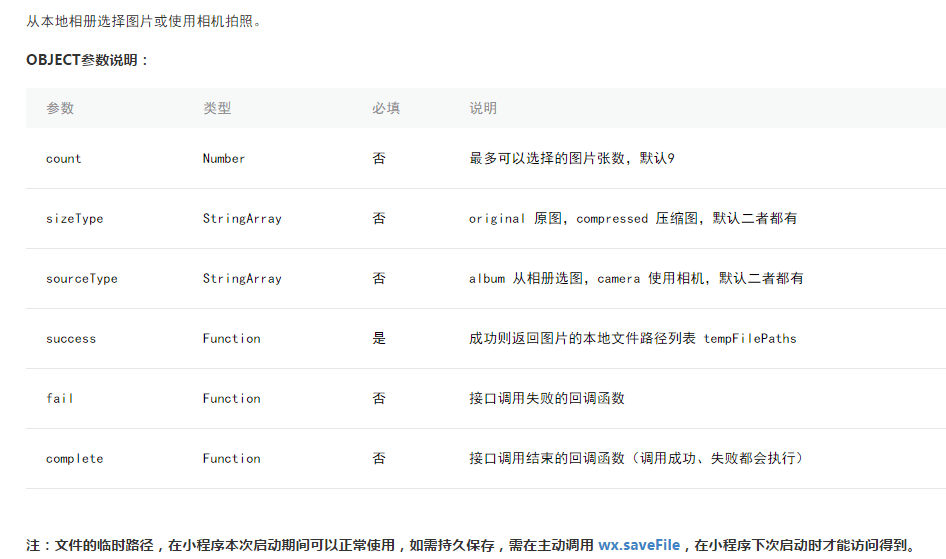

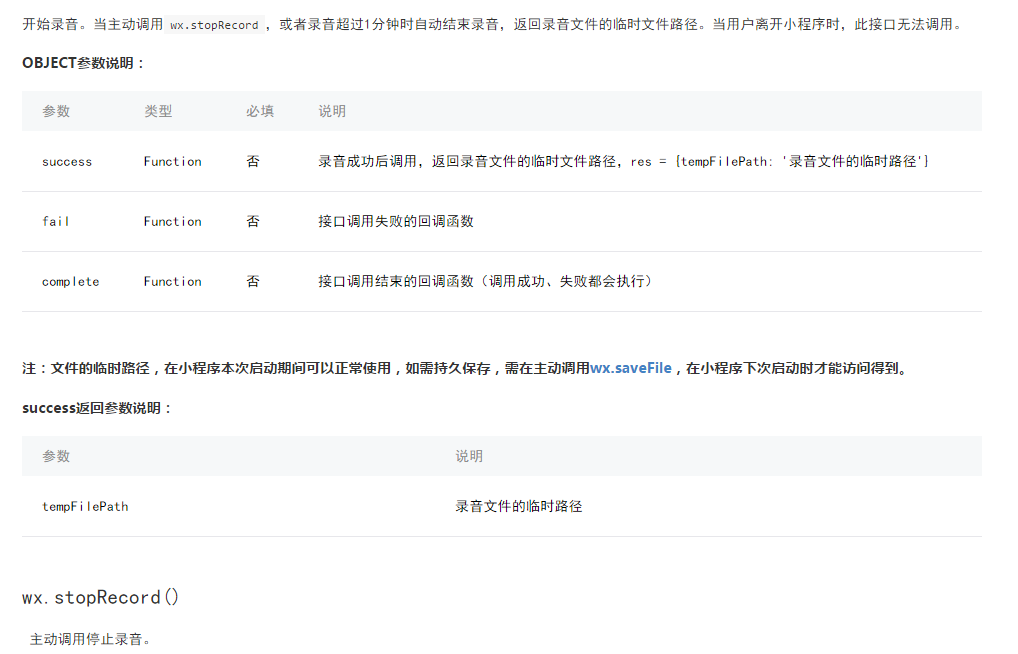
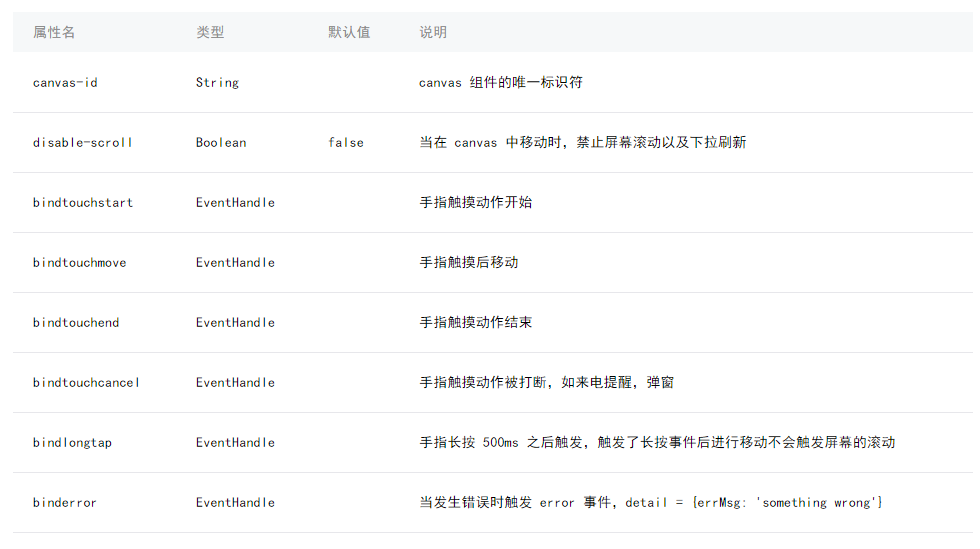
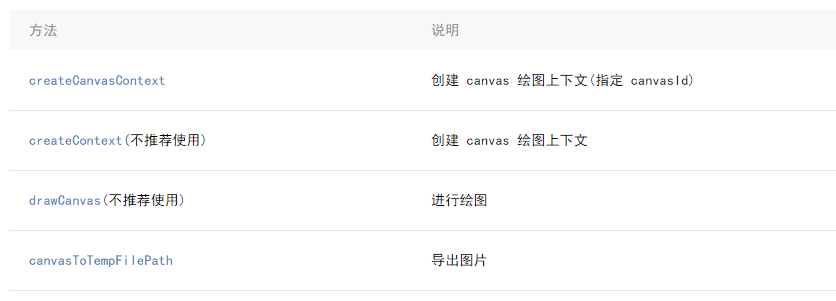



还没有评论,来说两句吧...